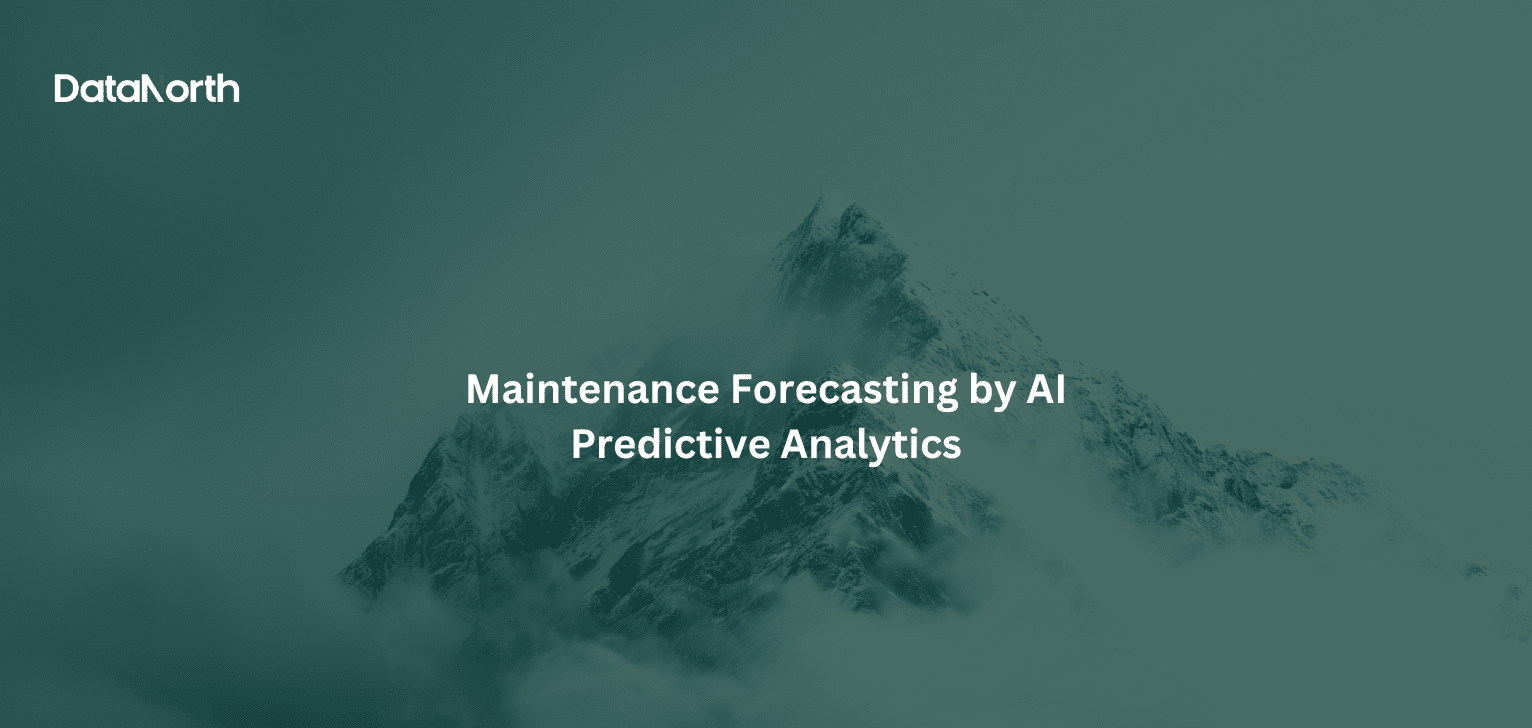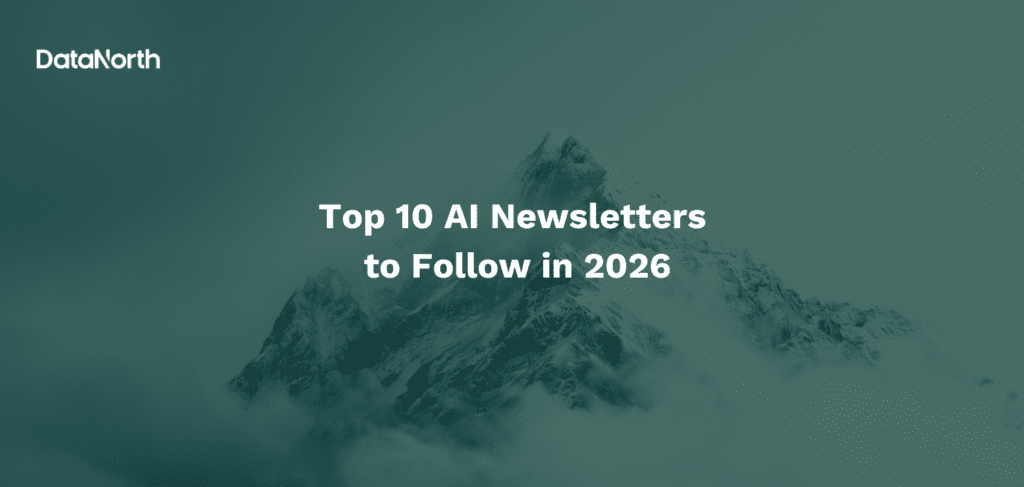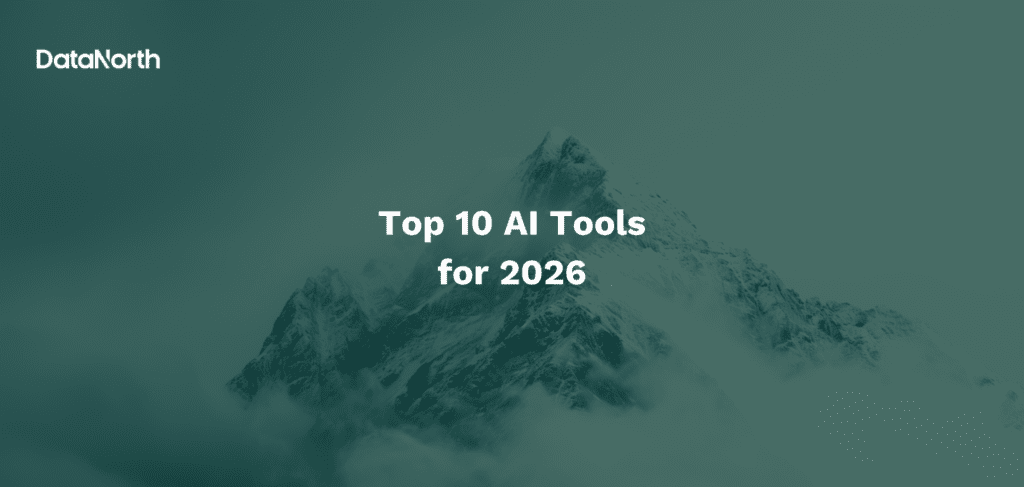Maintenance Forecasting by Predictive Analytics with AI
Unplanned equipment failures are a costly nightmare for businesses. When a critical machine breaks down without warning, production can grind to a halt, and the costs add up fast. In fact, unplanned downtime is estimated to cost manufacturers billions of dollars each year, and one chemical facility reported losses of up to €500,000 per day from downtime. The causes of these failures are often predictable: aging equipment and mechanical failures alone account for over 50% of unplanned downtime (34% and 20% respectively). Maintenance forecasting by AI (predictive analytics) is emerging as a game-changing strategy to tackle this problem. It allows organizations to use data to anticipate maintenance needs and address issues before they lead to costly failures.
Aging equipment (34%) and mechanical failures (20%) are among the top causes of unplanned downtime. Predictive maintenance strategies target these issues by detecting early signs of wear or stress and scheduling repairs proactively. By forecasting maintenance needs with data-driven models, companies can transform many of those “unplanned stops” into planned maintenance activities, dramatically reducing disruptions.
How Predictive Analytics by AI Powers Maintenance Forecasting
Predictive maintenance (PdM) leverages advanced analytics and AI to predict when equipment is likely to need service. In practice, maintenance forecasting involves a few key components:
- Data Collection & Sensors: Machinery is outfitted with sensors (temperature, vibration, pressure, etc.) and IoT devices that continuously collect performance data. For example, a vibration sensor on a motor might detect subtle increases in oscillation that precede a bearing failure.
- Real-Time Monitoring: Streams of sensor data are monitored in real time. Modern industrial IoT platforms aggregate this data and watch for anomalies or trends that deviate from normal operating conditions.
- Machine Learning & Analytics: Predictive models analyze historical and real-time data to find patterns that signal impending failures. Algorithms (from simple statistical models to advanced machine learning) can forecast metrics like remaining useful life of a component. For instance, a machine learning model might learn that a certain vibration pattern coupled with a temperature rise predicts a motor breakdown with 90% accuracy.
- Alerts & Maintenance Scheduling: When the system’s analytics predict an issue – say a pump is likely to fail in 10 days – it triggers an alert. Maintenance teams can then schedule a repair at the optimal time (e.g. during a planned production downtime or off-peak hours) before the pump fails. This ensures maintenance happens only as needed, but well in advance of catastrophe.
By using predictive analytics in this way, companies move from reactive or calendar-based maintenance to a proactive approach. Instead of guessing when to service equipment or waiting for a breakdown, they rely on data-driven forecasts. This not only avoids unexpected failures, it also often means fewer unnecessary inspections or part replacements, since maintenance is done when it’s actually needed.
Key Benefits of Predictive Maintenance Forecasting by AI
Adopting predictive maintenance powered by analytics can yield significant benefits for organizations. Some of the key advantages include:
- Reduced Unplanned Downtime: Perhaps the biggest benefit is avoiding surprise breakdowns. By fixing issues before failure, companies minimize costly downtime. A study by Deloitte has found that predictive maintenance can cut equipment breakdowns by as much as 70%. More uptime means better productivity and less scrambling to catch up on lost production.
- Lower Maintenance Costs: Preventing major failures and optimizing repair schedules has a direct impact on the bottom line. Companies implementing predictive maintenance have reported 25% lower maintenance costs on average. Moreover, data-driven maintenance is more cost-effective than traditional approaches, saving an estimated 8–12% over scheduled preventive maintenance, and up to 40% compared to run-to-failure reactive maintenance. These savings come from avoiding damage escalation, reducing overtime labor, and using parts more efficiently.
- Extended Equipment Lifespan: Taking care of assets at the right time helps them last longer. By repairing or tuning equipment exactly when needed (and not running it to failure), organizations can extend asset lifespans by 20–40% in many cases. Over the long term, this means deferring capital expenditures for new equipment and getting more value from existing investments. Machines that receive timely maintenance face less wear and tear, operating in better condition over their lifetime.
- Improved Safety & Quality: Equipment failures aren’t just a productivity issue, they can pose safety risks and quality problems. Predictive maintenance reduces the chance of catastrophic failures (like a press overheating or a pipeline leak), thereby improving workplace safety and reducing environmental or health risks. In one study, companies saw a 14% reduction in safety, health, environment and quality risks after adopting predictive maintenance programs. More reliable equipment also maintains product quality; for example, a production line is less likely to produce defective products when its machines are kept in optimal condition.
- Optimized Maintenance Operations: Maintenance forecasting by predictive analytics helps organizations optimize their maintenance scheduling and resource use. Instead of routine checks on every machine (many of which might not need attention), skilled technicians can focus on the assets that data shows actually require maintenance. This leads to more efficient use of labor and parts inventory. Maintenance tasks can be planned at convenient times, minimizing disruption to operations. As Deloitte noted, this data-driven approach can boost overall productivity by around 25% since equipment spends more time running and less time in maintenance mode. Technicians also spend less time on emergency fixes and more on planned improvements, which boosts workforce productivity and morale.
Real-World Applications Across Industries
Predictive maintenance isn’t confined to one sector, it’s being applied wherever equipment reliability is critical. Here are a few real-world applications across industries:
- Manufacturing: In factories, from automotive plants to food processing, predictive analytics is used to monitor machines on the assembly line. For example, sensors on an industrial press or robot arm can detect vibrations or temperature anomalies that indicate a part is wearing out. By forecasting these issues, manufacturers can service or replace components during scheduled downtime before they break. This prevents unplanned line stoppages that could cost thousands per minute and helps maintain steady production flow.
- Energy & Utilities: The energy sector relies on large, costly assets like turbines, generators, and transformers, where failures can cause blackouts or expensive damage. Utilities use predictive maintenance to monitor equipment such as power transformers and wind turbines. Analytics forecast maintenance needs (e.g. predicting when turbine gearboxes need oil replacement or when a transformer shows signs of insulation breakdown), so that repairs can be done during planned outages. This maximizes energy asset uptime and prevents service interruptions. In wind farms, for instance, operators schedule maintenance on turbines when wind conditions are favorable (low production periods), boosting overall energy output and reducing maintenance costs.
- Transportation & Fleet Management: Downtime in transportation, whether an aircraft grounded or a delivery truck out of service, can disrupt schedules and revenue. Airlines have long used predictive analytics for aircraft maintenance: sensor data from engines and critical systems is analyzed after each flight to predict potential faults, allowing maintenance crews to fix issues before the next flight, thus avoiding delays or cancellations. Similarly, logistics companies use predictive maintenance for vehicle fleets. Telematics data (engine performance, brake wear, etc.) is analyzed to forecast when each truck or train requires service. This prevents breakdowns on the road or rail, improving reliability and safety for passengers and cargo.
- Oil & Gas and Heavy Industry: In heavy industries like oil and gas, mining, and petrochemicals, equipment failures can be catastrophic and hazardous. Companies deploy predictive maintenance to avert disasters, for example, by analyzing pressure and flow data to detect a pipeline leak before it blows out, or monitoring vibration in offshore drilling rigs to predict pump and valve failures. By forecasting maintenance in these environments, firms not only avoid costly downtime but also protect workers and the environment from accidents. The result is safer operations and more continuous production in refineries, pipelines, and mines that run 24/7.
These use cases highlight a common theme: using data to get ahead of problems. Across industries, maintenance forecasting with predictive analytics turns maintenance from a reactive “fix it when it breaks” function into a proactive strategy for reliability. Companies can tailor the approach to their specific assets, whether it’s a jet engine, a delivery truck, or an assembly robot, as long as they have data coming from the equipment and the right analytics in place.
Implementing Predictive Maintenance Forecasting by AI
For organizations looking to adopt maintenance forecasting by predictive analytics, the journey typically starts with getting the right data and tools. It’s important to outfit critical equipment with sensors (if they aren’t already) and ensure that data from operations is being captured. Next comes the analytics layer, this is where solutions use machine learning models and domain expertise to turn raw sensor readings into useful predictions. Many companies choose to partner with experts or invest in specialized software to jump-start this capability.
DataNorth AI offers a predictive maintenance by AI solution designed to make this process easier. Leveraging our expertise in AI and industrial data, DataNorth AI’s predictive maintenance solution provides a platform to analyze equipment data and accurately forecast maintenance needs. It can integrate with your existing systems and use advanced algorithms to detect anomalies, predict failures, and recommend optimal maintenance schedules. The approach is customized to each organization’s environment, so you get insights that align with your specific assets and operations.
By implementing a robust solution like this, businesses can quickly start reaping the rewards of predictive maintenance, from reduced downtime and cost savings to improved safety and efficiency. The transition doesn’t happen overnight, but with the right strategy and partner, even companies new to advanced analytics can begin transforming their maintenance practices.
In conclusion, embracing predictive analytics for maintenance forecasting turns maintenance from a cost-center into a strategic advantage. Instead of dreading the next breakdown, organizations can confidently plan for upkeep, knowing their data will warn them ahead of time. The result is a more resilient operation: one where equipment failures are the exception rather than the rule, and where maintenance is optimized to support business goals. In today’s data-driven world, maintenance forecasting by predictive analytics is becoming not just a technological innovation, but a business necessity for any asset-intensive organization looking to stay competitive and efficient.






